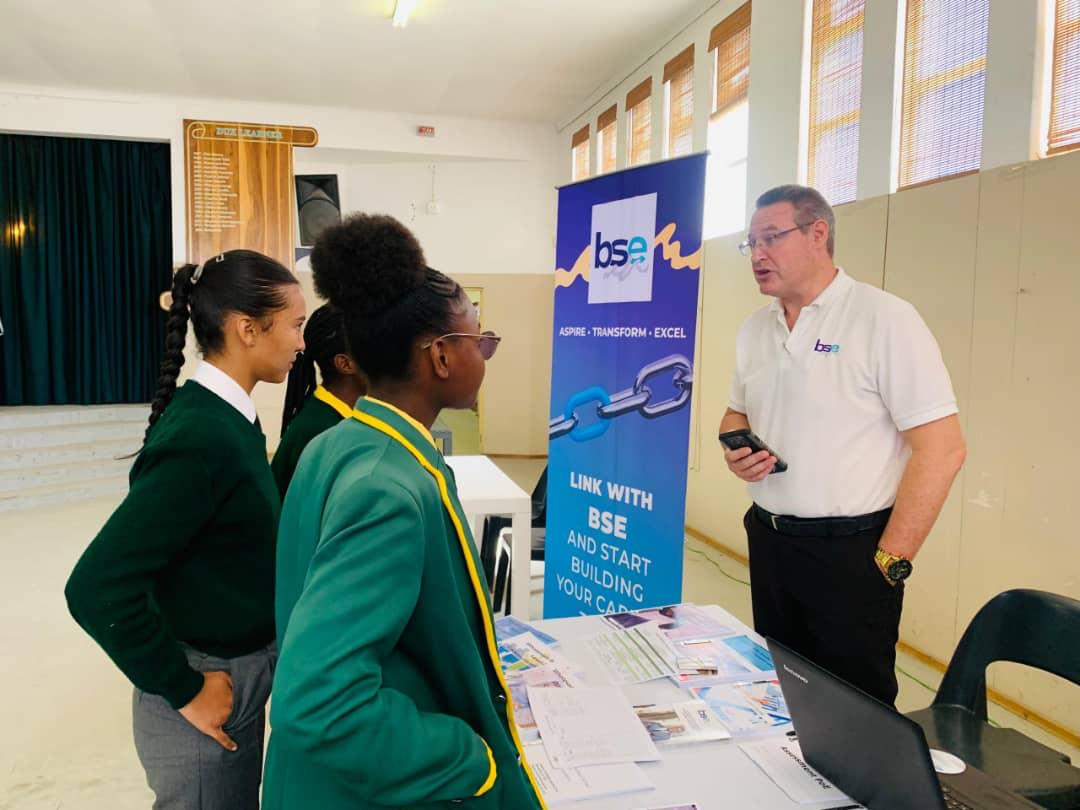NINE white crosses along the road between Swakopmund and Walvis Bay bear testimony to the nine people who lost their lives in vehicle accidents in the Erongo Region during the festive season.
A fatal accident occurred approximately every four days in and around the coastal towns from December 1 2006 to January 8 2007. During this time, International SOS responded to 18 car accidents in the region, in which nine people died and 60 were injured.During the same period last year, 60 people were injured and five died in 19 accidents.According to Aubrey Oosthuizen, co-ordinator of the International SOS West Coast Safety Initiative, seven accidents involving quad bikes were attended to.Aside from two victims of assault and three domestic accidents, the emergency teams also dealt with two motorbike accidents, three injured pedestrians and one near drowning.Five mercy flights were undertaken from the coast to Windhoek.In total, 76 emergencies were responded to.On five occasions 4×4 vehicles had to be used to get to patients in remote locations such as the dunes.Oosthuizen said additional emergency vehicles and staff were deployed at the coast to promote safety awareness through increased visibility.The four emergency vehicles travelled close to 18 000 kilometres during this period.A total of 15 000 information packs were printed – 5 000 more than last year.The packs were re-designed and included safety facts, tips and guidelines and regional emergency numbers.Judging by the rescue service’s unofficial records and observations, speeding, fatigue, drunk driving and failure to wear safety belts were the major contributors towards road fatalities this festive season.Drivers’ inability to adapt to environmental and road conditions also played a role in a number of accidents.During the whole of 2006, ISOS attended to 140 road accidents in the Erongo Region in which 73 people lost their lives, 43 sustained serious injuries and 108 were treated for less severe injuries.These numbers translate into a road fatality or serious injury sustained every 3,15 days during the year, said Oosthuizen.Safety partners such as the Namibian Police and its traffic division, municipal traffic and fire departments, the Ministry of Health and Social Services, the Motor Vehicle Accident Fund and the Sea Rescue Institute of Namibia worked together seamlessly during the holidays.During this time, International SOS responded to 18 car accidents in the region, in which nine people died and 60 were injured.During the same period last year, 60 people were injured and five died in 19 accidents.According to Aubrey Oosthuizen, co-ordinator of the International SOS West Coast Safety Initiative, seven accidents involving quad bikes were attended to.Aside from two victims of assault and three domestic accidents, the emergency teams also dealt with two motorbike accidents, three injured pedestrians and one near drowning.Five mercy flights were undertaken from the coast to Windhoek.In total, 76 emergencies were responded to.On five occasions 4×4 vehicles had to be used to get to patients in remote locations such as the dunes.Oosthuizen said additional emergency vehicles and staff were deployed at the coast to promote safety awareness through increased visibility.The four emergency vehicles travelled close to 18 000 kilometres during this period.A total of 15 000 information packs were printed – 5 000 more than last year.The packs were re-designed and included safety facts, tips and guidelines and regional emergency numbers.Judging by the rescue service’s unofficial records and observations, speeding, fatigue, drunk driving and failure to wear safety belts were the major contributors towards road fatalities this festive season.Drivers’ inability to adapt to environmental and road conditions also played a role in a number of accidents.During the whole of 2006, ISOS attended to 140 road accidents in the Erongo Region in which 73 people lost their lives, 43 sustained serious injuries and 108 were treated for less severe injuries.These numbers translate into a road fatality or serious injury sustained every 3,15 days during the year, said Oosthuizen.Safety partners such as the Namibian Police and its traffic division, municipal traffic and fire departments, the Ministry of Health and Social Services, the Motor Vehicle Accident Fund and the Sea Rescue Institute of Namibia worked together seamlessly during the holidays.
Stay informed with The Namibian – your source for credible journalism. Get in-depth reporting and opinions for
only N$85 a month. Invest in journalism, invest in democracy –
Subscribe Now!










